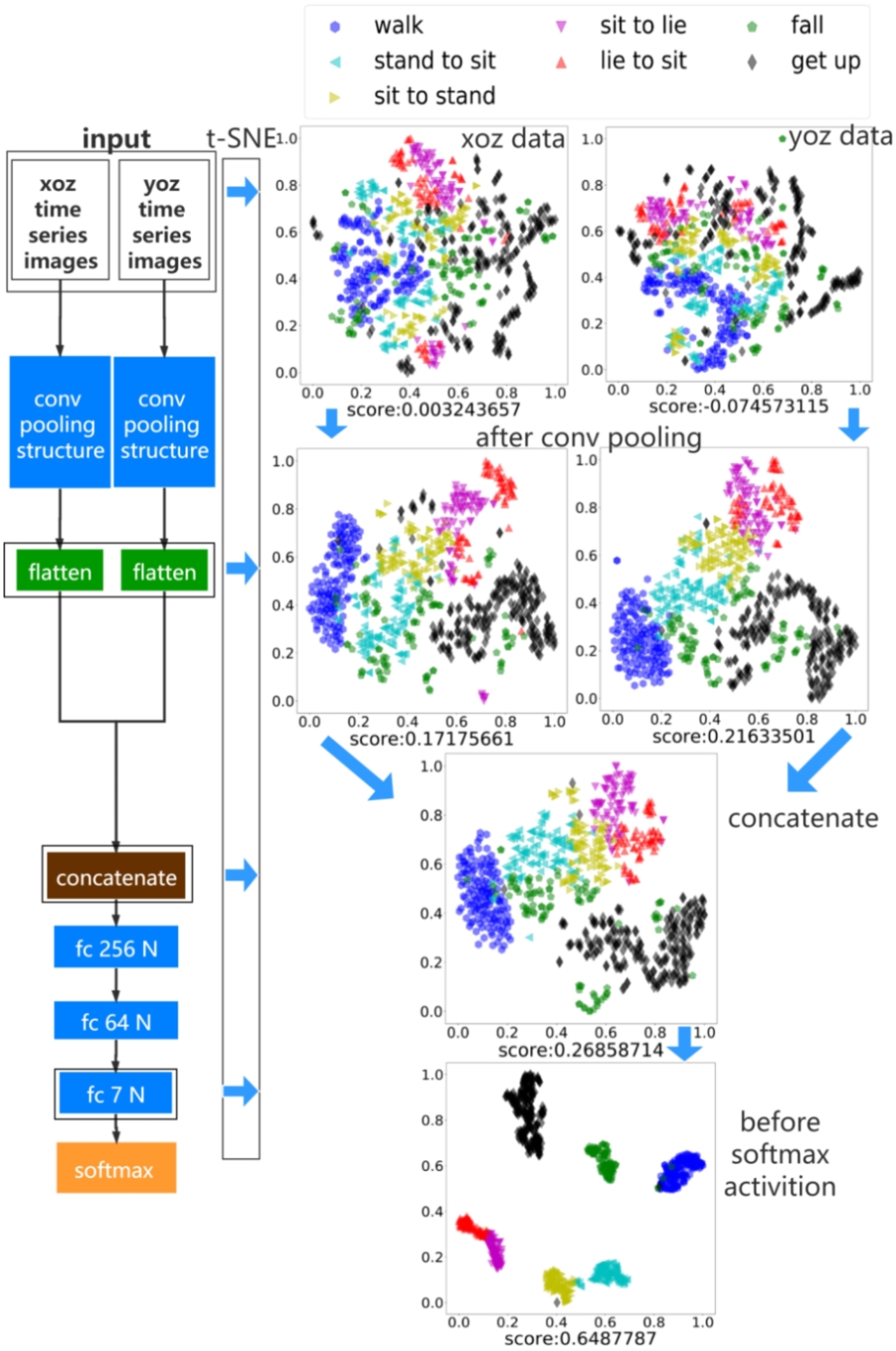| Technical Name | 室內雷達感測系統 | ||
|---|---|---|---|
| Project Operator | Yuan Ze University | ||
| Project Host | 方士豪 | ||
| Summary | The proposed indoor radar sensing system includes two enabling technology, activity recognitionrespiration rate estimation. In the former, the proposed framework consists of four major components: denosing, enhanced voxelization, data augmentation,dual-view machine-learning to lead to accurateefficient human-activity recognition. In the latter, the proposed system leverages the variation of the phase information of a specific frequency bin of the range profiles,proposes a dynamic adaptive respiration waveform filtering algorithm to improve accuracy. |
||
| Scientific Breakthrough | The bench mark is RadHAR, an indoor radar system developed by UCLA in 2019. The proposed system outperforms RadHAR in five aspects: enabling daily-living-activity classification, allowing movement in the radar-sensing region, providing higher accuracy, implementation of the real-time system,explainable AI models with pose reconstruction ability. For the respiration rate estimate using radar, the breakthrough is the new algorithm design. The proposed dynamic adaptive respiration waveform filtering algorithm improves the accuracy by 10requires lower computational complexity. |
||
| Industrial Applicability | Indoor radar has been emerging as an intriguing technology for health-carehospital technologies recently, because it is noninvasive, insensitive to environmental lighting,privacy concealing. Based on the new radar technology, the proposed indoor radar sensing system includes two enabling technology, activity recognitionrespiration rate estimation. Both are promising tools. It can be foreseen that our proposed indoor radar sensing system can be widely applied for smart health-care in the future due to its technical excellenceadvantageous applicability. |
||
| Matching Needs | 天使投資人、策略合作夥伴 |
||
| Keyword | Indoor Radar Smart Sensing Device-Free Healthcare Activity Recognition Respiration Rate Estimation | ||
- pwl@saturn.yzu.edu.tw
other people also saw







